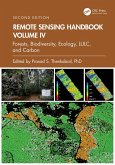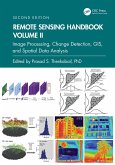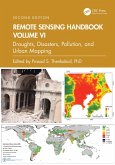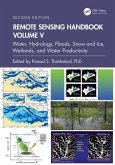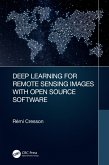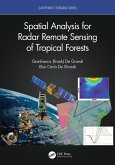FEATURES
- Provides the most up-to-date comprehensive coverage of remote sensing science.
- Discusses and analyzes data from old and new generations of satellites and sensors.
- Provides comprehensive methods and approaches for remote sensing data normalization, standardization, and harmonization.
- Includes numerous case studies on advances and applications at local, regional, and global scales.
- Introduces advanced methods in remote sensing such as machine learning, cloud computing, and AI.
- Highlights scientific achievements over the last decade and provides guidance for future developments.
This volume is an excellent resource for the entire remote sensing and GIS community. Academics, researchers, undergraduate and graduate students, as well as practitioners, decision-makers, and policymakers, will benefit from the expertise of the professionals featured in this book, and their extensive knowledge of new and emerging trends.
Dieser Download kann aus rechtlichen Gründen nur mit Rechnungsadresse in A, B, BG, CY, CZ, D, DK, EW, E, FIN, F, GR, HR, H, IRL, I, LT, L, LR, M, NL, PL, P, R, S, SLO, SK ausgeliefert werden.



